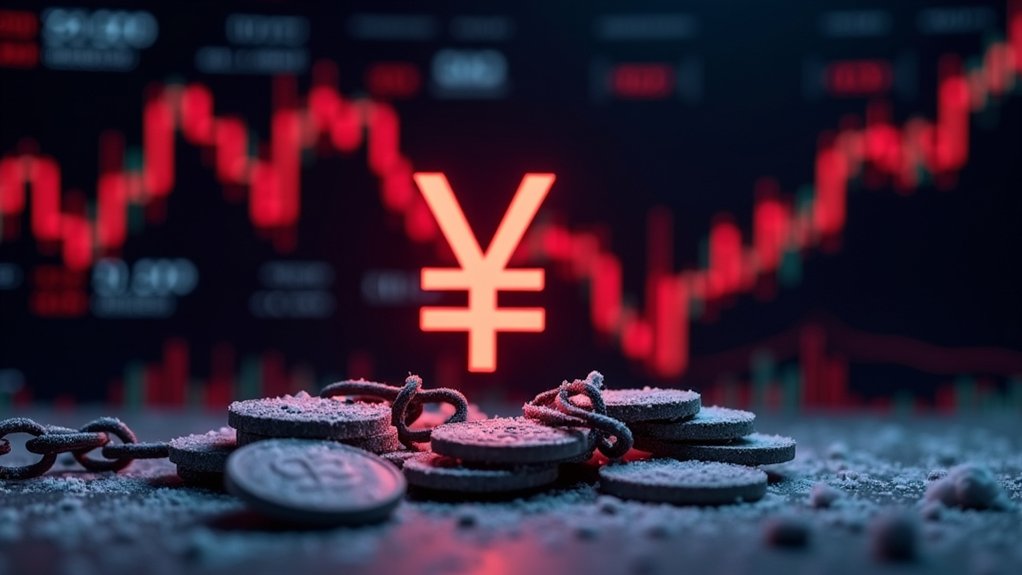The platform—which operated under multiple names to evade detection—checked every box in the scammer playbook. Sleek website? Check. Celebrity endorsements? Totally fake, but check. Proprietary trading algorithm promising 2% daily returns? Check and ridiculous. The scammers even created elaborate fake trading interfaces mimicking legitimate exchanges.
Flashy facades, fake faces, and fantasy figures—the unholy trinity of crypto scams hiding in plain sight.
Red flags were everywhere. Unregistered with any financial authority. Unsolicited DMs flooding social media. Pressure tactics pushing victims to “invest now before prices surge.” Classic FOMO manipulation. When investors tried withdrawing funds? Suddenly there were “verification fees” and “release taxes” required first. Money in, nothing out.
The platform’s collapse follows a familiar pattern seen in cases like BitConnect and OneCoin. New investor money paid earlier investors just enough to keep the scheme going. Until it didn’t.
Investigators tracked blockchain transactions linking the operation to known fraudsters previously involved in the PlusToken scam. These tactics mirror those used in pig butchering scams where victims are gradually manipulated into larger investments. Unlike legitimate cryptocurrencies that offer financial inclusion for the unbanked population, these schemes exist solely to extract money from vulnerable investors. They’re getting sloppy. Digital breadcrumbs led authorities across three continents before arrests were made.
Some victims lost everything. “They took my retirement,” one investor told reporters. “I thought I was being careful.” He wasn’t.
The SEC, CFTC, and DOJ coordinated in this case, part of a growing trend of regulatory crackdown on crypto fraud. Still, for every scam they catch, five more pop up.
Recovery of funds is rare in these cases—this time, investors might get back 60 cents on the dollar. Better than nothing.
The case highlights the crypto world’s persistent vulnerability: greed blinds investors to obvious warning signs. The technology may be cutting-edge, but the scams? Same old tricks with digital wrapping paper. People never learn. The platform displayed all the typical lack of transparency that legitimate exchanges actively avoid, with no clear information about their team members or operational processes.





